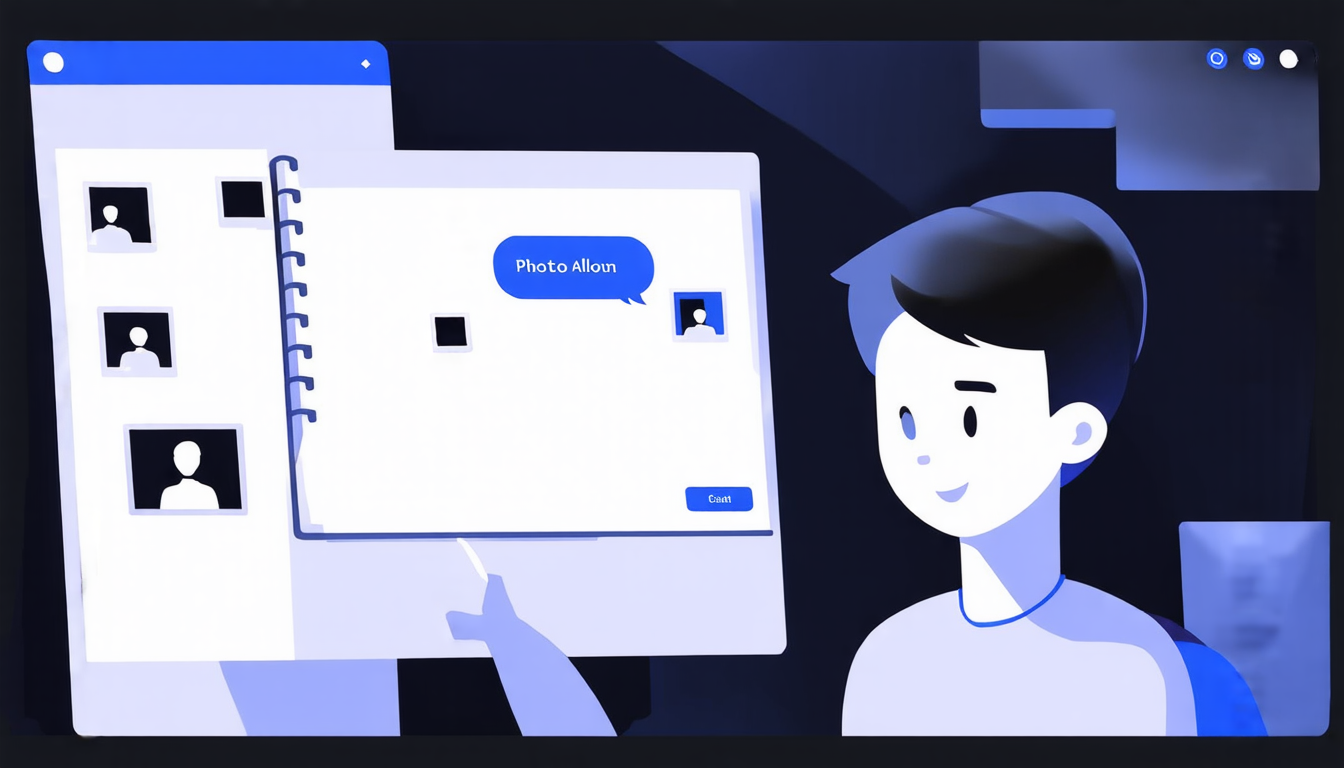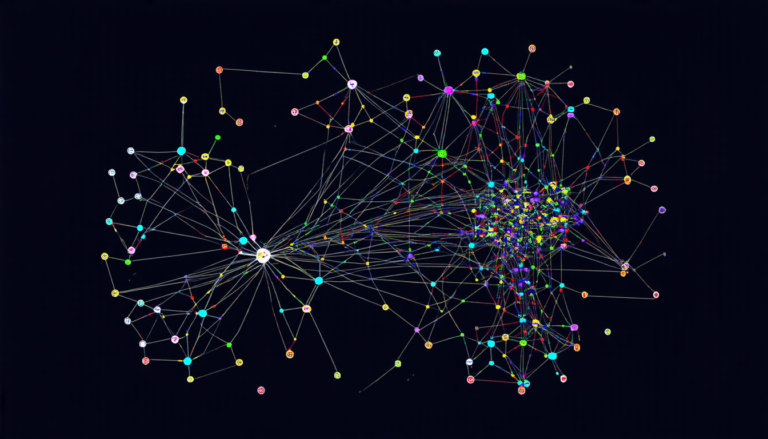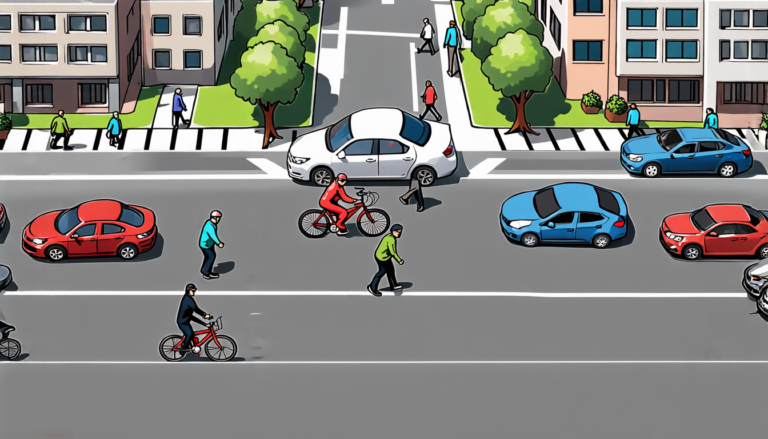Saturday 06 September 2025
Researchers have been working tirelessly to develop technology that can help people who are blind or have low vision navigate and interact with visual media more easily. One of the biggest challenges they face is that most videos and images are designed with sighted people in mind, leaving out important information for those who are visually impaired.
To combat this, a team of researchers has been developing AI-powered interactive storytelling systems that can help blind and low-vision individuals explore and understand visual media more effectively. This technology uses artificial intelligence to generate interactive narratives that can be customized to meet the needs of individual users.
One such system is called Memory Reviver, which helps people with visual impairments reminisce about their past by interacting with photo collections through a chatbot. The system uses a hierarchical narrative structure to organize information and proactively delivers details to users at proper conversation rounds. This allows users to recall memories more effectively and engage in a natural conversation flow.
Another system is called DanmuA11y, which makes time-synced video comments accessible to blind and low-vision viewers by integrating comments into the video as part of a coherent storyline. The system uses spatial audio to simulate the sensation of other viewers conversing around the user, creating a more immersive experience.
Lastly, there’s Branch Explorer, which enables interactive 360-degree video viewing for blind and low-vision users by constructing multiple diverging viewing paths that allow users to choose their own perspective. This system adapts interaction methods based on user context and provides diverse branch options with varying spatial, semantic, and social aspects.
These systems have shown promising results in enhancing the accessibility of visual media for people who are blind or have low vision. They have improved comprehension, engagement, and overall experience for users. The researchers believe that these technologies can be further developed to support more dynamic scenarios, such as video games and real-world environments.
The potential impact of this technology is vast. It could enable people with visual impairments to access a wider range of information and experiences, from educational videos to entertainment content. It could also empower them to engage more fully in social activities and build stronger connections with others.
Overall, these AI-powered interactive storytelling systems have the potential to revolutionize the way we interact with visual media and create a more inclusive world for everyone.
Cite this article: “Revolutionizing Accessibility: AI-Powered Interactive Storytelling Systems for Visual Impairments”, The Science Archive, 2025.
Blindness, Low Vision, Ai-Powered, Interactive Storytelling, Visual Media, Accessibility, Technology, Navigation, Memory Reviver, Danmua11Y







